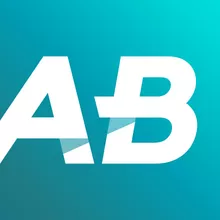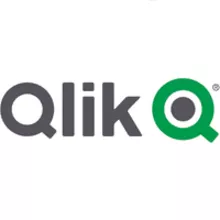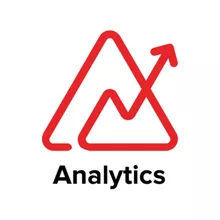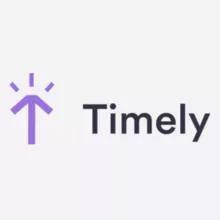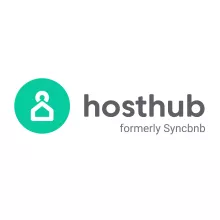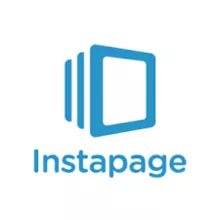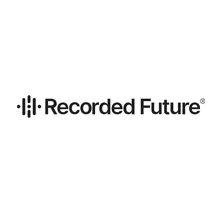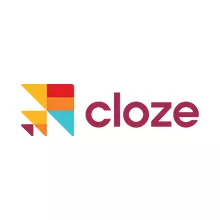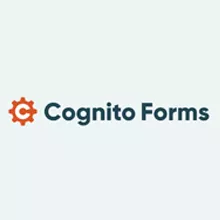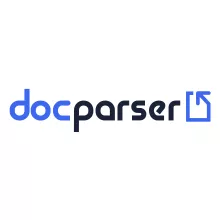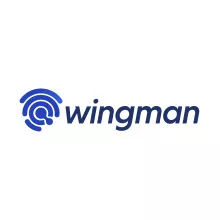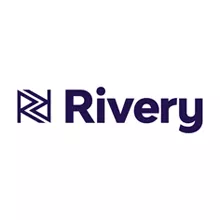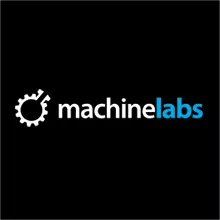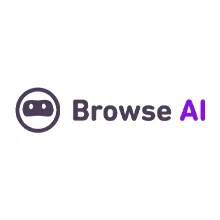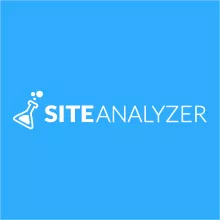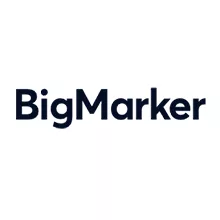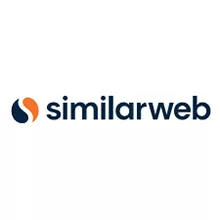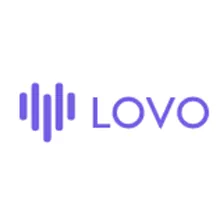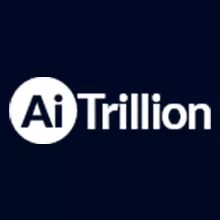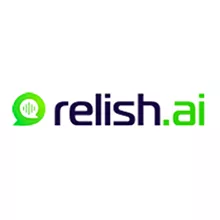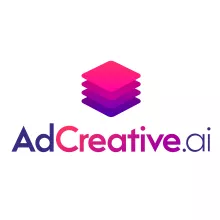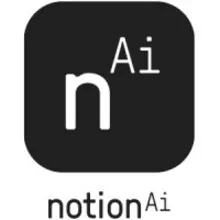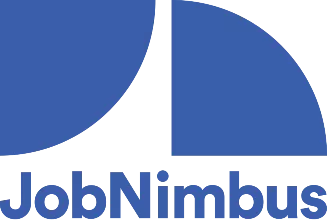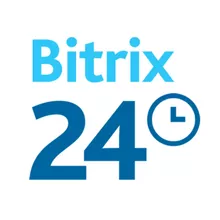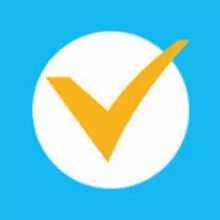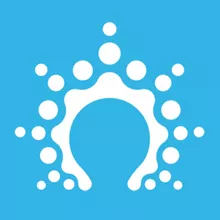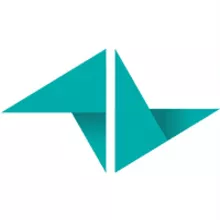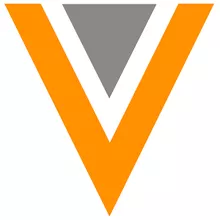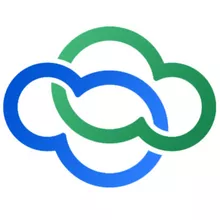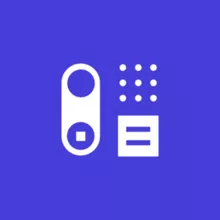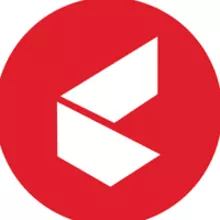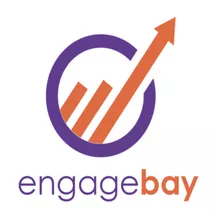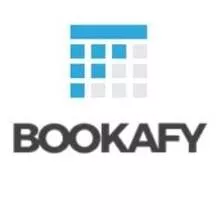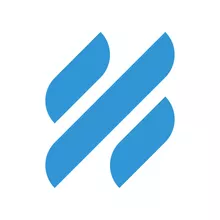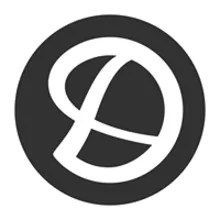Enterprise analytics and mobility platform
What is Reporting dashboard software?
Reporting Dashboard software is a data management tool that visually tracks, analyzes, and displays key performance indicators (KPIs) to assist businesses in making informed decisions and improving productivity and workflow efficiency. Dashboards offer a customizable interface for collecting real-time data from multiple sources and displaying the resulting insights in the form of charts, tables, gauges, and timelines.
Features of Reporting Dashboard Software:
- Key performance indicators (KPIs)- Anything that assesses a company's success, activity, or employee. By reflecting the achievement of a significant business outcome, KPIs measure value and demonstrate how to achieve business objectives.
- Data discovery- Data collection from databases and consolidation into a single data source or data set that can be evaluated instantly.
- Drag-and-drop capabilities- Dashboards can be edited and customized using flexible chart widgets and an arrangement you create. Simply click and drag a chart or widget to where you want it on the page. Re-sizing any graphs or patterns will allow you to fit more data onto your dashboard.
- Data visualizations- Patterns, trends, and correlations help people understand data sets by placing them in a visual context.
Here you can check the list of the best Reporting Dashboard Software for your business.
What is the purpose of Reporting dashboard software?
Effective business dashboards should be timely, relevant, and easily accessible. Their goal is to break down information into digestible chunks so that decision-makers can focus on the business's day-to-day operations. Let's take a look at a few ways dashboards can help you run a better business:
- To extract value from your data. It is not enough to simply collect data. To inform users across the organization and provide on-demand access to core business metrics, you must find the story it tells.
- To combine several data points. Most businesses have information scattered across multiple applications and services, making it difficult to compile reports and find meaningful patterns among data sets. To uncover insights, BI software collects and connects disparate data from a variety of sources.
- To increase departmental transparency. Dashboards provide a clear picture of current performance for teams. Each individual can view metrics related to departmental activities and better align their priorities.
- To forecast customer behavior. Data analytics tools provide reports and complex capabilities such as predictive and prescriptive modeling. These tools can forecast future customer behavior and assist in developing marketing and sales strategies.
- To increase the scope of business intelligence efforts. Businesses are shifting away from reporting-centric models and toward analysis-centric models. BI platforms have traditionally been heavily regulated by IT, requiring them to push reports to executives, managers, and knowledge workers. Self-service analysis solutions are gaining popularity, bringing data discovery and analytics to the entire organization. Visualization tools can relieve IT departments of the burden of answering and querying, allowing them to focus on strategic initiatives such as data modeling and governance.



